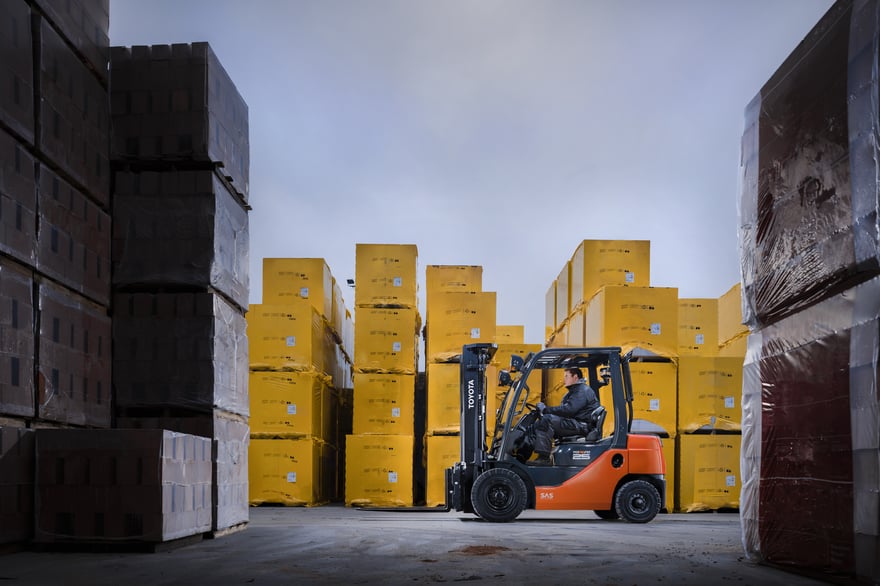It was very clear for Toyota that the changing behavior of prospects forced them to re-evaluate their current commercial approach. Also, supporting 23 markets from the head office in Europe with structure, key stories and tools, decisions needed to be made on how and where a new commercial strategy would be unrolled. Will the change be driven from top-down, or bottom-up?
At first, Toyota decided to hire more people for the Sales team in order to boost new business. They soon realized that in order to engage potential customers very early in the buyer journey, Marketing needed to bring in more qualified leads for Sales.
Marc Maureaux, Brand Manager of Toyota Material Handling Europe: “We want to interest our new and existing customers and engage them with stories that resonate. This is why following the Inbound Marketing methodology felt very natural for us. The Inbound approach is built on an outside-in perspective. We aim to be extremely relevant, and attract a group of people that want to do business with us.”
Marc is very aware of the scope of a project in a company like Toyota Material Handling. Marc: “Unlike smaller companies, if we decide something today, we simply can’t do things entirely different tomorrow. We are a large organization and have to move within the existing structure. It was not realistic to think that we would make big changes all over Europe at the same time. Instead we have decided to have a focus pilot approach."
Last but not least on our agenda was the online presence of our organization. Marc: “Online is increasing in importance. We wanted to make more impact with Marketing and bring in more qualified leads through digital channels. This is why a new online webshop and a new website were an important starting point. From there, we could start with the further enrollment of the Inbound strategy.”


